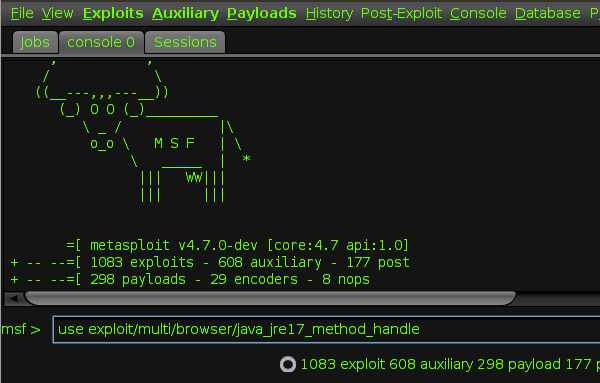How To Hack Vhlcentral Free Download Programs

Your new access should be listed in the 'my programs' menu of your Home page. Click on the textbook image or title to access the program. Enroll in a course (student accounts): Students may enroll in a class/course from the VHLCentral Home page at any time.
You've run Windows Vista, you've played around with the Aero interface, and maybe you've even mucked around a little bit in Vista's innards to see what makes it tick. Now is when the fun begins. There are plenty of ways you can hack Windows Vista, make it jump through hoops, bend it to your will and generally make it behave the way you want it to behave, not the way Microsoft does. Dynaclave 613r manual. V kejptaunskom portu noti. [ Related: ] Also don't miss.
Where to begin? I've put together 10 of my favorite hacks for Windows Vista.
They'll let you do everything from speed up Windows Aero to unlock a supersecret administrator's account and juice up the right-click context menu -- and yes, even hack the dreaded User Account Control. So if you want to take control of Windows Vista, read on. A word of warning: Some of these tips involve editing the Windows Registry, which can be a dangerous thing to do. So before you touch the Registry, use System Restore to create a restore point so that you can revert to the previous version of the Registry if something goes awry. To create a restore point, choose Control Panel > System and Maintenance > Restore files from backup > Create a restore point or change settings.
Hack User Account Control Windows Vista's User Account Control (UAC) is the new operating system's most universally reviled feature. Sure, it helps protect you, but it also annoys you to no end.
If UAC drives you around the bend, you can turn it off. There are several ways to do it. One way is to choose Control Panel > User Accounts and Family Safety > User Accounts, then click Turn User Account Control on or off. Alternately, you can run the System Configuration Utility (a.k.a. Msconfig) by typing msconfig at the command line or search box. When the tool runs, click the Tools tab and scroll down until you see Disable UAC.
Highlight it and click the Launch button, then reboot. To turn it back on again, follow the same steps and choose Enable UAC. If you're a fan of the Registry, you can also disable UAC using the Registry Editor. Launch the Registry Editor by typing regedit at the Start Search box or a command prompt and pressing Enter. Go to HKEY_LOCAL_MACHINE SOFTWARE Microsoft Windows CurrentVersion Policies System EnableLUA and give it a value of 0. You will need to reboot in order for the change to take effect.
UAC is also the culprit for another nagging Windows Vista annoyance. When you run some commands from the command prompt, you're told that you don't have administrative rights to run them, even if you're currently logged in as an administrator.
That's because UAC requires you to run the command prompt as an administrator -- what's called running an elevated command prompt. Simply being logged in as an administrator isn't good enough; you still have to run an elevated command prompt. One way to do it is to type cmd into the Search box on the Start menu, right-click the command prompt icon that appears at the top of the Start menu, then select Run as administrator. But if you don't want to go about doing that each time you run a command prompt, there's a simpler way. You can create a desktop shortcut for an elevated prompt, or pin the elevated prompt to the Start menu. To create a shortcut on the desktop: 1.
Right-click the desktop, and select New > Shortcut. In the text box of the Create Shortcut dialog box that appears, type cmd and then click Next.
On the next screen, type a name for the shortcut -- for example, Elevated Command Prompt. Then click Finish. Right-click on the shortcut you just created and select Properties. Select the Shortcut tab and click the Advanced button. Creating a shortcut for an elevated command prompt. Check the box titled Run as administrator.
Click OK and then OK again. Now, when you want to run an elevated command prompt, simply double-click the shortcut. If you'd like the elevated command prompt to appear on the Start menu, drag it from the Desktop to the Start button and place it where you would like it to be.
- пятница 07 сентября
- 73